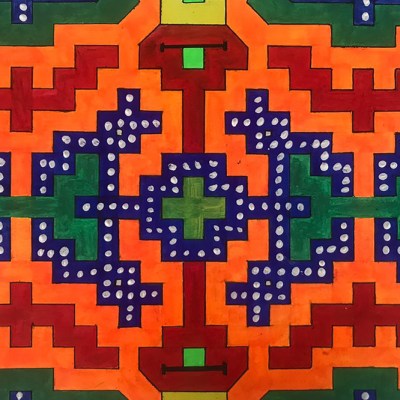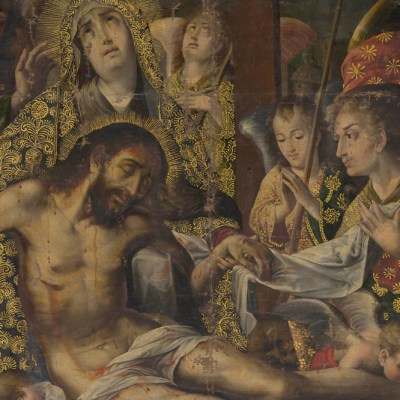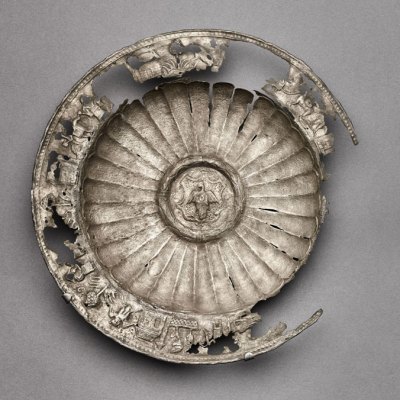Elvira Espejo Ayca, who until recently ran the National Museum of Ethnography and Folklore (MUSEF) in Bolivia, wasn’t surprised by her dismissal. ‘I knew,’ she says, speaking on the phone from La Paz, ‘that I didn’t fit in the current situation, which is too racist, too extremist in its intent on whitening up our culture. I knew what was coming since November, so I just…kept working.’
On 10 November 2019, after days of protests about the contested result of the presidential and parliamentary election, president Evo Morales was forced out of Bolivia at the prompting of the army, two months before the end of his presidential term. Morales, Bolivia’s first indigenous president and leader of the Movement for Socialism party, had spent almost 14 years in power and antagonised part of the population when managing to change the constitution to run for a fourth term. Two days later, Jeanine Añez, an ultra-conservative Catholic senator, whose party had polled just over four per cent in the election, declared herself president of an interim government, on the basis that as deputy leader of the senate she was next in line after the resignations of the president, vice president, head of the senate and the other deputy leader of the senate.
Añez’s government was supposed to organise presidential elections within three months but, in the midst of the health crisis caused by Covid-19, has kept postponing them. First planned for February, then May, then September, the election is now due to take place on 18 October. After seizing power, Añez quickly consolidated her position, installing a new army high command and selecting a new cabinet, which initially didn’t include any indigenous members. Her government has implemented large job cuts, changes of personnel in public institutions, and eliminated some ministries altogether.
At the start of June, Espejo, who was the director of the MUSEF for seven years, and Max Jorge Hinderer Cruz, a philosopher and curator who became head of the National Art Museum (MNA) in March last year, were asked ‘to make their position available’. Later on, the two heard they might be sacked via rumours in the press. At this point, the International Committee for Museums and Collections of Modern Art (CIMAM) wrote to the Fundación Cultural del Banco de Bolivia, which oversees various art institutions in Bolivia, and whose board of directors had been replaced by the new administration, to express concern and ask for clarification. The two directors promptly received an email informing them they were dismissed.
In a statement, CIMAM pointed out that ‘the only two museum directors – of the total of nine institutions – asked to resign are museum professionals highly respected amongst the wider international contemporary museum community. They have demonstrated the recognised best practices of modern and contemporary art museums worldwide through their programmes critically reframing history and supporting social inclusion and community outreach.’
Max Jorge Hinderer Cruz, former director of the National Museum of Art, and Elvira Espejo Ayca, former director of the National Museum of Ethnography and Folkore. Photos courtesy CIMAM
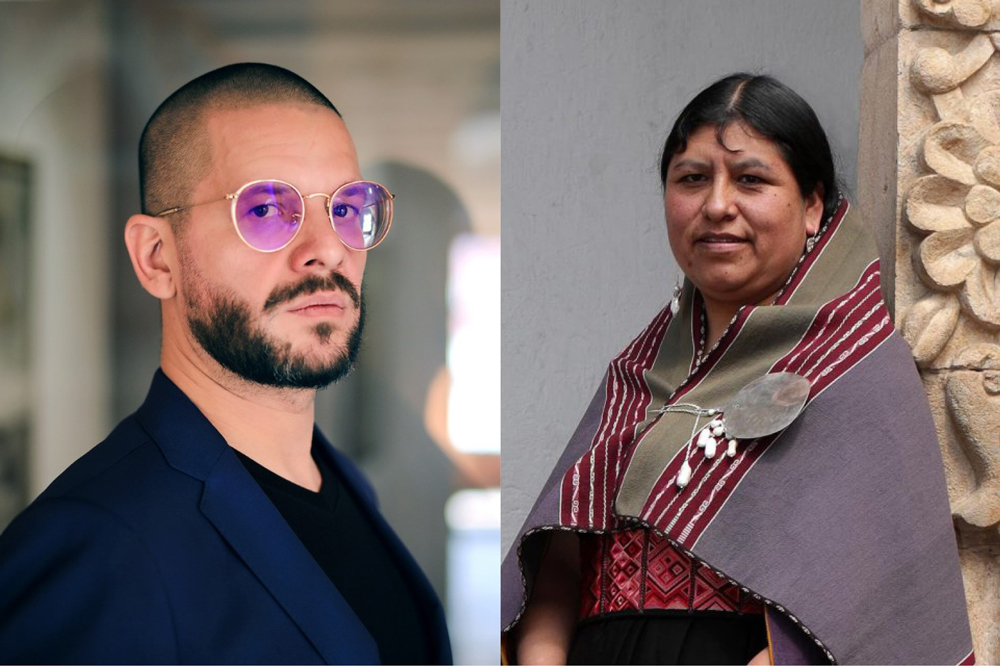
The timing of the dismissals was ironic. At the end of April, it was announced that Espejo, an indigenous Qaqachaca woman born in the region of Southern Oruro, close to the border with Chile, who is also an artist, a weaver, an oral storyteller and a poet, had been awarded this year’s prestigious Goethe medal, a first for Bolivia. At 39, Espejo is the youngest person to have received the prize, awarded annually to non-Germans ‘who have performed outstanding service for the German language and for international cultural relations. (Espejo’s fellow honorees this year include the writer Ian McEwan and the publisher and writer Zukiswa Wanner.) ‘It’s contradictory,’ says Sabine Hentzsch, director of the Goethe Institut in La Paz. ‘Elvira had turned this museum into the most successful museum of Bolivia. She was the best at her job. At the end of April, the new president [of the Fundación] sent her his congratulations, with all his appreciation for what she had done.’ The MUSEF received the largest number of visitors of any cultural institution in Bolivia in 2019.
The dismissals are only a small part of the changes implemented by the new government. On 1 July, the National Archaeology Museum (MUNARQ), which answered to the ministry of cultures and tourism, was closed by the police, its personnel evicted, and the future of its highly perishable artefacts put at risk. Two days later it was announced that the ministry of cultures and tourism (created by a Morales presidential decree in 2009) would itself disappear and become a vice-ministry under the ministry of education. This prompted protests from Bolivian artists, who demanded that it be re-established and denounced the lack of support they have received during the Covid-19 epidemic. The ministries of sports and communication have also been axed, as part of austerity measures which, Añez’s government claims, would save money to reinforce Bolivia’s health system. In November there was a massive spike in money allocated to the army, when Añez granted it 34.7 million bolivianos (more than 5 million dollars) by presidential decree.
Hinderer, speaking on the phone from the La Paz, tells me that the highest regions of the country, such as the capital, have been less affected by the Covid-19 epidemic, and that inhabitants of the city are living under a ‘dynamic’ lockdown, free to go to work at managed times. To explain his and Espejo’s dismissal, he is keen to return to what happened in November. ‘What prompted Morales’ exit was a discourse stoking hatred, which was directed against his person, against his party, but also generalised against all indigenous people. When Añez came to power and entered the government building she had a bible in her hand. Her allies were heard saying “We’ll get the Pachamama [a goddess revered by the indigenous peoples of the Andes] out of the government building and replace her with the word of God.”’ Outside, supporters of the coup were burning the Wiphala – the rainbow flag representing Bolivia’s indigenous people, which was recognised as an official national symbol in 2009 – and policemen were stripping it from their uniforms.
‘This type of symbolic violence can also be seen in the way museum directors were dismissed by the Fundación Cultural. Myself, Elvira Espejo, but also Maximo Pacheco, who was the director of the National Archive and Library in Sucre. We are people who have all given importance to social inclusion, and cared about the way in which history is told, using oral history as an essential resource to understand our country’s history and the history of the 36 nations who live in it and are recognised by the constitution.’ If it wasn’t clear at first who would replace the two directors, it is now known that Hinderer has been replaced by Lucía Querejazu Escobari, a curator from his team, and the daughter of Pedro Querejazu, a former director of the MNA, while Espejo has been replaced by Ricardo Calla Ortega, an anthropologist and former minister of indigenous and native people affairs in Bolivia, who had been strongly opposed to Morales.
Hinderer continues: ‘The intervention at the museum of archaeology follows the same line. It contained works that are important, that are a reference, for the history of Bolivian peoples and their cultural identity. This is the type of reference that went up in flames or were trampled when the interim government took power.’ Violence, he adds, hasn’t been only symbolic. Since last year’s elections, Bolivian security forces have killed more than 30 protesters against the Añez government and injured several hundred.
In the relatively short time Hinderer spent as a director of MNA, he led a concerted effort to break away from a tradition that had allowed a small urban upper class to consider that the National Art Museum belonged to them alone. He and his team created an experimental educational space aimed at young artists, organised free guided exhibition tours in Aymara, recognised the indigenous population in La Paz as part of the museum’s audiences for the first time, and launched a programme for decolonial studies in art, with guests coming from various communities and locations – they could for instance be Aymara, Afro-Bolivian, from the city of El Alto.
‘We’d ask ourselves what is art?’ Hinderer explains. ‘If we live in a country made of 36 nations we have to understand that the word as we use it in Spanish, French, English, that is to say in the imperial colonial languages – where what we means when we say art happens to coincide – does not exist in Aymara or in Quechua for instance.’ In 2019, and even though the museum was closed for 3 months, MNA’s monthly attendance grew by 14 per cent from the previous year.
Demonstrators hold a Wiphala flag during a march called by students of the Universidad Mayor de San Andres and neighbourhood organisations march demanding peace in La Paz, on 19 November 2019. Photo by Jorge Bernal/AFP via Getty Images
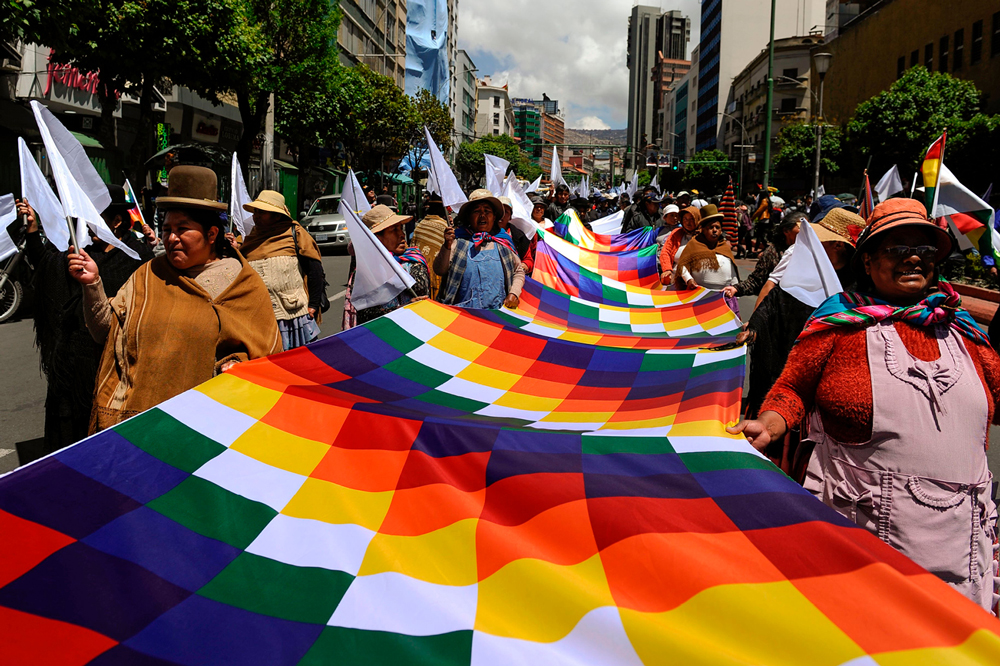
Speaking of his colleague’s legacy at the ethnographic museum, Hinderer says: ‘Elvira Espejo’s work has been essential to return dignity to the cultural artefacts reflecting the various cosmovisions of originary civilisations in Bolivia and give them the status of complex and artistical objects.’ As Espejo puts it: ‘We have been critical, we have questioned the status quo and proposed new directions – I think the old guard thinks that’s bad because they don’t understand it.’
For the feminist artist Maria Galindo, if the creation of the ministry of cultures and tourism under Morales marked a very important moment for Bolivia, ‘It was a dream that stopped halfway.’ Speaking on the phone from La Paz – ‘The country is doing very badly, but I am very well’ – she says, wryly: ‘What is sad, is that the creation of this ministry, with its vice-ministry of decolonisation, and its depatriarcalisation division [part of the decolonisation vice-ministry] was completely rhetorical. They kept appointing ministers who turned it into a ministry of press and propaganda of the government. No matter how disastrous the current situation is, we have to remain critical. The Movement for Socialism, that is to say the Morales government, wasn’t a marvel. They appointed Max Hinderer as director of MNA only last year, after having exhausted every other possibility. Before that, for almost 14 years, this ministry was drifting. And if the government led the way in a completely new direction, they kept putting the brakes on.’
In the two years she has been working in La Paz, Sabine Hentzsch says she has noticed a high turnover at the ministry and occasionally a confusion between its cultures and tourism portfolios. Galindo says that despite the country being on the verge of disaster, the ruling class is ‘only interested in making lots of money and spending it in Miami or Panama’. Espejo is saddened by the unprecedented rise of racism she has witnessed and by what she calls ‘the return of the old guard’.
Hinderer wants to wait and see, as everything could change again in the autumn: ‘The fact that there was a ministry of cultures means culture was understood to be necessary to the Bolivian people. Many criticise me for saying this, as they think the ministry wasn’t well managed, and you can say all you want about the various ministers we’ve had, but I think it makes a difference when there’s an entity for decolonisation or depatriarcalisation, and when the state guarantees equality through difference. Culture has this extraordinary power… of generating and strengthening equality through difference.’ He’s learning to be patient.
